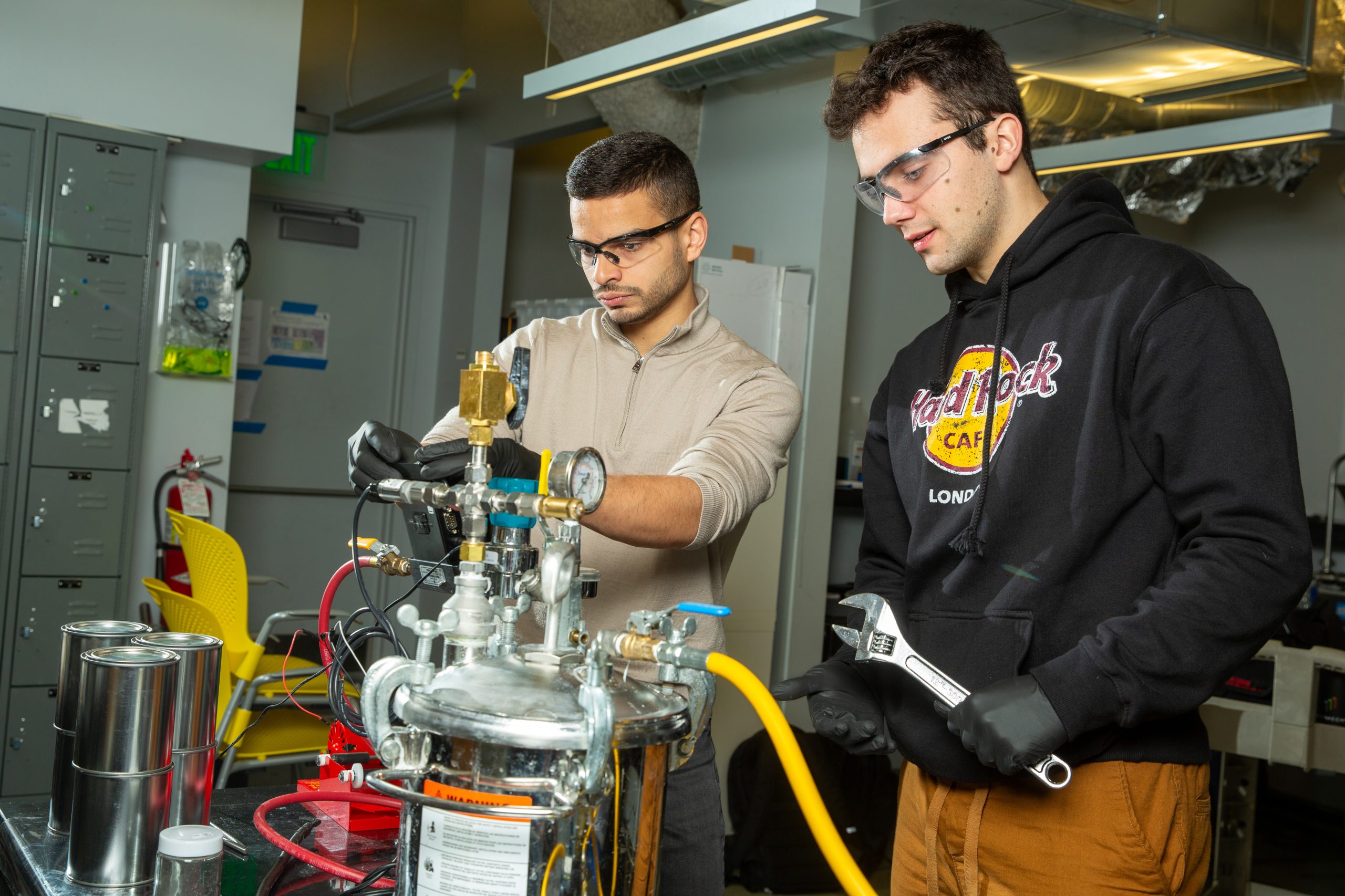BY THE OPTIMIST DAILY EDITORIAL TEAM
In a breakthrough for sustainable energy, MIT engineers developed a way to produce hydrogen fuel from ordinary elements such as aluminum from old soda cans, saltwater, and coffee grounds. This novel technology could transform sustainable energy production by providing a quick and environmentally benign way to manufacture hydrogen—a fuel that powers motors and fuel cells without producing carbon.
The science behind the innovation
The MIT research team discovered that pure aluminum undergoes a chemical reaction that spontaneously releases hydrogen gas when mixed with seawater. Hydrogen, with its clean-burning features, can be employed in a variety of energy applications, reducing dependency on fossil fuels and lowering greenhouse gas emissions. However, this reaction is generally slow.
In a recent study published in Cell Reports Physical Science, the team revealed that adding caffeine, a common stimulant present in coffee grounds, can greatly expedite this process. By pretreating aluminum with a rare-metal alloy and exposing it to saltwater, the team was able to create a process that produces hydrogen gas considerably faster when caffeine is added.
Key findings and how they did it
The study discovered that prepared aluminum pellets emit hydrogen gas when immersed in filtered seawater. The pretreatment process involves the use of a rare-metal alloy to clean the aluminum and make it extremely reactive with seawater. The salt ions in seawater then recover the alloy, allowing it to be reused in a sustainable cycle.
“Seawater is an ionic solution that is very cheap and available,” said lead author Aly Kombargi, a PhD student in MIT’s Mechanical Engineering department. “I literally went to Revere Beach with a friend and we grabbed our bottles and filled them. After filtering out algae and sand, we added aluminum, and it worked with the same consistent results.”
The researchers observed that, while aluminum produces hydrogen when reacting with salt water, the process is slow. On a whim, they added coffee grounds to the mixture and discovered a substantial boost in reaction speed. Further studies indicated that imidazole, an active component in caffeine, speeds up the activity. “We had everything we wanted: recovering the gallium indium, plus the fast and efficient reaction,” Kombargi said.
Applications and future progress
MIT engineers are now working on a tiny reactor for use on marine vessels or undersea vehicles. This reactor would have aluminum pellets, a small amount of gallium-indium alloy, and caffeine. By funneling in seawater, the reactor may manufacture hydrogen on demand to power an onboard engine or generate energy.
“This is very interesting for maritime applications like boats or underwater vehicles because you wouldn’t have to carry around seawater—it’s readily available,” Kombargi noted. “We also don’t have to carry a tank of hydrogen. Instead, we would transport aluminum as the ‘fuel,’ and just add water to produce the hydrogen that we need.”
The study’s co-authors include Enoch Ellis, an undergraduate in chemical engineering; Peter Godart, PhD, who developed a company that recycles aluminum as a source of hydrogen fuel; and Douglas Hart, an MIT mechanical engineering professor. Their coordinated efforts aim to manufacture hydrogen fuel in an efficient and sustainable manner.
Dealing with difficulties
One major problem in using hydrogen as a fuel is the risk of transporting the gas, which is very combustible. Hart’s team tackled this problem by focusing on aluminum, a stable and abundant material that combines with water to make hydrogen.
However, when exposed to air, aluminum forms an oxide layer, which prevents further reactions. The scientists overcome this by pretreating the aluminum with a gallium-indium alloy, which removes the oxide layer and allows for continuous hydrogen production. They discovered that the alloy could be recovered and reused, making the method both cost-effective and sustainable.
The team’s early trials employed fresh water, which is scarce in maritime regions. Switching to seawater necessitated handling the extra ions, which slowed the reaction. The breakthrough occurred with the inclusion of coffee grounds, notably the imidazole in caffeine, which maintained the rapid reaction rate.
Scaling up
The MIT team’s next steps include testing the hydrogen reactor in marine and undersea conditions. They estimate that a reactor containing around 40 pounds of aluminum pellets might power a small underwater glider for about 30 days by continuously producing hydrogen from the surrounding saltwater.
“We’re showing a new way to produce hydrogen fuel, without carrying hydrogen but carrying aluminum as the ‘fuel,'” Kombargi wrote. The team is also looking into applications for trucks, trains, and potentially airplanes. Future developments may involve absorbing water from ambient humidity to generate hydrogen, increasing the system’s usefulness.
This pioneering technology not only provides a long-term solution for hydrogen production, but it also paves the path for novel clean energy applications. Engineers at MIT are helping to create a more environmentally friendly future by utilizing common materials and natural processes.
Source study: Cell Reports Physical Science—Enhanced recovery of activation metals for accelerated hydrogen generation from aluminum and seawater












